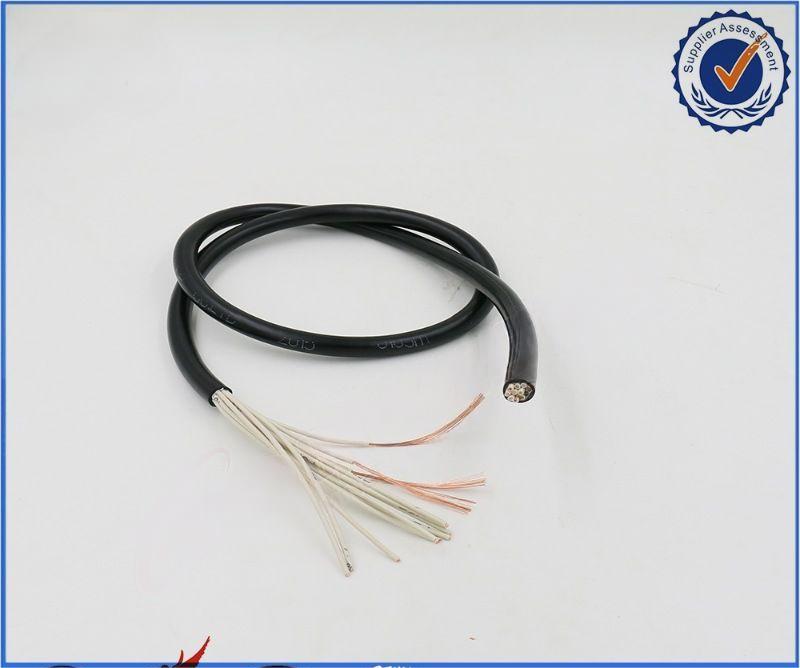Nov . 24, 2024 20:02 Back to list
Exploring the Benefits of Dual Flap Check Valves in Fluid Systems
Understanding Dual Flap Check Valves Function, Benefits, and Applications
In the world of fluid mechanics and hydraulic systems, the role of check valves is crucial for ensuring that fluids flow in the desired direction while preventing backflow. Among the various types of check valves, the dual flap check valve stands out due to its unique design and functionality. This article explores the purpose, benefits, and applications of dual flap check valves, making it clear why they are a preferred choice in many industrial settings.
What is a Dual Flap Check Valve?
A dual flap check valve is a type of non-return valve that allows fluid to flow in one direction while preventing it from flowing backward. As the name suggests, this valve features two flaps or plates that open when the flow is in the correct direction and close automatically when there is an attempt at backflow. The dual flap design enhances the valve's performance by providing a more balanced operation and minimizing wear over time.
How Does it Work?
The operation of a dual flap check valve is rooted in the principles of fluid dynamics. When the fluid flows through the valve in the desired direction, the pressure pushes the two flaps open, allowing smooth passage. Conversely, if there is a reversal of flow, the pressure from the incoming fluid causes the flaps to shut tightly, thus preventing backflow. This mechanism not only protects pumps and other equipment downstream but also maintains the system’s integrity.
Benefits of Dual Flap Check Valves
1. Reduced Backflow Risk The primary advantage of dual flap check valves is their ability to effectively prevent backflow. This is vital in systems where backpressure could cause severe damage to equipment or disrupt operations.
2. Lower Pressure Drop These valves are designed to minimize pressure loss during operation. The streamlined design of the dual flaps allows fluid to pass through with less resistance, improving the overall efficiency of the system.
dual flap check valve

3. Durability and Maintenance Made from robust materials, dual flap check valves are built to withstand harsh conditions and prolonged use. Their simple mechanism generally requires less maintenance compared to more complex valve designs, making them cost-effective over time.
4. Compact Design The dual flap configuration allows these valves to be compact, taking up less space in installations. This is particularly beneficial in environments where space is limited and where large equipment can be impractical.
5. Versatile Applications Dual flap check valves can be used in a wide range of applications—from water and wastewater management systems to industrial processes involving gases and various fluids. Their versatility makes them suitable for both residential and commercial use.
Applications
Dual flap check valves are extensively used in various industries, including
- Water Treatment Plants To prevent backflow and maintain water quality. - Pumping Stations To protect pumps from reverse flow that may cause damage or inefficiency. - Fire Protection Systems Ensuring that water flows properly toward fire suppression systems without the risk of backflow. - Chemical Processing To safeguard against the contamination of processes by preventing backflow of chemicals. - Marine Applications Used in ballast systems and various hydraulic systems to ensure flow integrity and efficiency.
Conclusion
In summary, dual flap check valves are integral components in many fluid control systems, offering significant advantages such as reduced backflow risk, minimal pressure drop, and durability. Their compact design and versatile applications make them a valuable choice for both industrial and residential needs. Understanding the functionality and benefits of these valves helps engineers and system designers select the right components to enhance performance and reliability. As technology advances, the design and efficiency of dual flap check valves may only continue to improve, further solidifying their role in modern fluid dynamics.
Share
-
Reliable Wafer Type Butterfly Valves for Every IndustryNewsJul.25,2025
-
Reliable Flow Control Begins with the Right Ball Check ValveNewsJul.25,2025
-
Precision Flow Control Starts with Quality ValvesNewsJul.25,2025
-
Industrial Flow Control ReliabilityNewsJul.25,2025
-
Engineered for Efficiency Gate Valves That Power Industrial PerformanceNewsJul.25,2025
-
Empowering Infrastructure Through Quality ManufacturingNewsJul.25,2025


